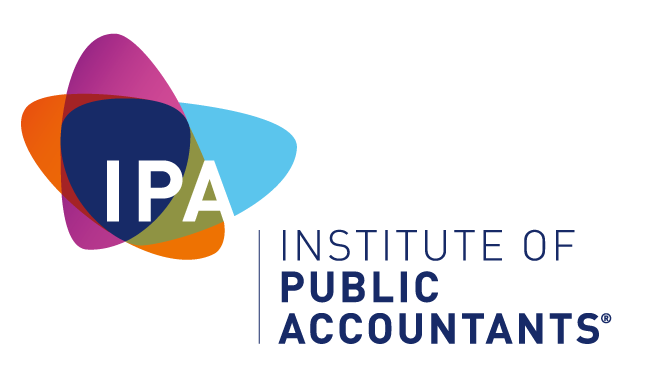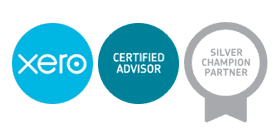Asset protection refers to the strategies used to safeguard wealth and assets from potential risks, such as lawsuits, creditors, and financial downturns. Asset protection aims to create a barrier between your assets and potential threats, minimising the chances of losing those assets in the event of a legal dispute or financial crisis.
Common threats to assets include:
- Legal Claims and Lawsuits: Includes personal injury claims, contract disputes, employment-related issues, or professional liability.
- Creditor Claims: Creditors, Banks, lenders, and suppliers may seek to recover debts by targeting your assets.
- Economic downturns: Financial crises, market crashes, or economic recessions can impact the value of investments and assets.
- Divorce: During divorce proceedings, assets will be subject to division between spouses, leading to a loss of some of those assets.
- Business Risks: Includes product liability, regulatory fines, intellectual property disputes, and market competition.
- Tax Liabilities: Mismanagement of tax obligations can result in tax liens or other tax-related claims on your assets.
- Personal Debts: Accumulating personal debts, such as credit card debt or medical bills, can result in creditors seeking repayment through asset seizure or legal action.
- Cybersecurity Threats: Cybersecurity breaches can expose sensitive information, potentially leading to financial loss or identity theft.
- Natural Disasters: Physical assets, such as property, vehicles, and inventory, can be damaged or destroyed by natural disasters like hurricanes, earthquakes, or fires.
- Inadequate Insurance: If you’re underinsured or lack appropriate coverage, you may face significant financial loss when unexpected events occur.
The steps to create an asset protection plan are:
- Assess Your Current Financial Situation: Take stock of your assets, liabilities, income, and expenses. Understand your risks, including potential legal claims, creditor issues, and other threats.
- Set Clear Goals: Define your asset protection goals. Are you primarily concerned with protecting your personal assets, shielding your business assets, or both? Do you have specific concerns, such as potential lawsuits?
- Understand Legal Structures: Familiarize yourself with the legal tools for asset protection. This may include trusts, companies, superannuation, and more.
- Select Appropriate Strategies: Work with your advisors to select the asset protection strategies that align with your goals. These include creating trusts, establishing companies, obtaining the right insurance coverage, and considering international structures.
- Implement the Plan: This may involve setting up legal entities, transferring assets to trusts, adjusting insurance policies, or changing your estate plan.
- Regularly Review and Update: It’s essential to review and update your plan as your financial situation evolves or new risks emerge. Changes in laws or personal circumstances may necessitate adjustments.
- Stay Compliant and Transparent: Ensure that your asset protection plan is legally sound and transparent.
If you need help creating and implementing a plan get in touch.









